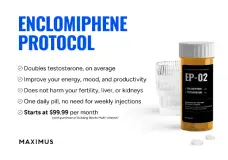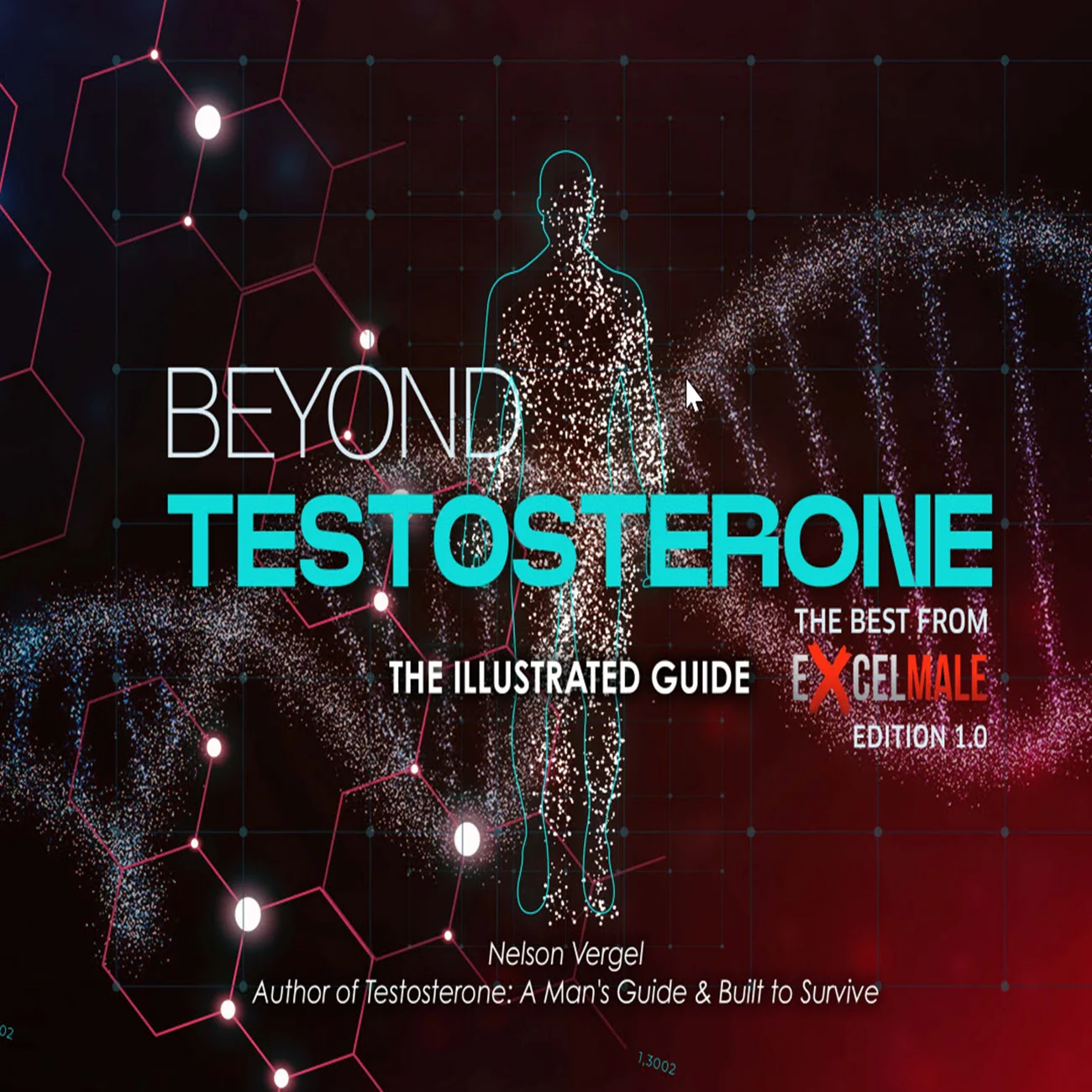Briefing Document: Postorgasmic Illness Syndrome (POIS)
Source: (Zizzo, Sávio, Ramasamy, Lima, 2022)
I. Executive Summary
Postorgasmic Illness Syndrome (POIS) is a rare and poorly understood condition primarily affecting men, characterized by a cluster of flu-like and allergic symptoms that manifest shortly after ejaculation. These symptoms can persist for up to seven days and significantly impair quality of life, sexual activity, relationships, and self-image, often leading to mental sequelae, diminished concentration, and mood changes. First described in 2002, POIS remains underdiagnosed due to its unclear pathophysiology and lack of established diagnostic tools and long-term management options. While various treatment approaches have shown promise, they are largely individualized and supported by limited research. More studies are urgently needed to elucidate underlying mechanisms, standardize diagnosis, and develop targeted therapies.II. Key Themes and Most Important Ideas/Facts
A. Definition and Clinical Presentation
- Core Definition: POIS is a "rare condition affecting men who experience a cluster of flu-like and allergic symptoms after ejaculation." Symptoms can occur after intercourse, masturbation, or spontaneous ejaculation.
- Symptom Onset and Duration: Symptoms typically appear "immediately (eg, in seconds), soon (eg, in minutes), or within a few hours after ejaculation" and "last for approximately 2–7 d."
- Recurrence: Symptoms occur "always or nearly always (eg, >90% of ejaculation events)."
- Impact on Quality of Life: POIS "recurrently negatively impact quality of life and sexual activity, leaving those affected with mental sequelae, diminished concentration, and mood changes." Affected men often report "avoiding sexual activity" due to the "psychological burden."
- Symptom Clusters (Waldinger et al., 2011): The condition presents with a diverse range of symptoms categorized into seven clusters:
- Cluster 1 (general): "Extreme fatigue, exhausted, palpitations, problems finding words, incoherent speech, dysarthria, concentration difficulties, quickly irritated, cannot stand noise, photophobia, depressed mood"
- Cluster 2 (flu-like): "Feverish, extreme warmth, perspiration, shivery, ill with flu, feeling sick, feeling cold"
- Cluster 3 (head): "Headache, foggy feeling in the head, heavy feeling in the head"
- Cluster 4 (eye): "Burning, red injected eyes, blurred vision, watery, irritating, itching eyes, painful eyes"
- Cluster 5 (nose): "Congestion nose, watery, runny nose, sneezing"
- Cluster 6 (throat): "Dirty taste in mouth, dry mouth, sore throat, tickling cough, hoarse voice"
- Cluster 7 (muscle): "Muscle tension in back or neck, muscle weakness, pain muscles, heavy legs, stiffness in muscles"
- Types of POIS: Waldinger et al. classified POIS into:
- Primary type: Manifests during the earliest ejaculations (49% of cases).
- Secondary type: Arises later in life (51% of cases).
B. Pathophysiology (Unclear and Debated)
- Immunological Hypersensitivity: A prominent hypothesis suggests POIS is an "immunogenic hypersensitivity reaction induced by repeated close contact between seminal peptides and T lymphocytes during ejaculation." This is supported by some studies using skin prick testing (SPT). However, other studies have "found no evidence of IgE-mediated semen allergy."
- Opioid-Like Withdrawal: Some research suggests physical and psychological manifestations align more with "opioid withdrawal syndrome," hypothesizing the involvement of "endogenous l-receptors."
- Neuroendocrine Response/Cytokine Release: The clinical picture is also likened to "cytokine release/sympathetic dysregulation."
- Testosterone Deficiency: Low testosterone levels have been identified as a "potential factor," with symptom improvement noted after hormone replacement therapy in some cases.
- Overall: "Thus, the exact pathophysiology is not well established, leaving challenges for accurate diagnosis and targeted treatment."
C. Diagnosis (Challenging and Unvalidated)
- Exclusion of Other Causes: Diagnosis "relies on exclusion of other causes" that can mimic POIS symptoms (e.g., benign orgasmic cephalgia, orgasmoplexy, sneezing/rhinorrhea).
- Diagnostic Criteria (Waldinger et al., 2011): While "unvalidated," five preliminary criteria guide diagnosis:
- One or more of the specified symptoms (flu-like state, fatigue, weakness, feverishness, mood disturbances, cognitive issues, nasal congestion, eye irritation).
- Symptoms occur immediately, soon, or within a few hours after ejaculation.
- Symptoms occur "always or nearly always (>90% of ejaculation events)."
- Symptoms last approximately 2-7 days.
- Symptoms disappear spontaneously.
- Current Tools:Routine Tests: Thorough history, physical examination, complete blood count, serum electrolytes, kidney and liver function, sex hormone levels, and urine studies are warranted.
- Skin Prick Testing (SPT): "Perhaps the diagnostic tool most frequently utilized, with high sensitivity and specificity found in various studies." However, "many existing studies did not use age-matched controls."
- Serum Total IgE: Conflicting findings; some studies found "semen-specific IgE antibodies," while others found "normal IgE levels."
- Other Tools: International Index of Erectile Function scale, brain/vessel imaging, and cystoscopy are used to rule out other causes, but their utility for POIS specifically is unproven.
D. Management (Lacking and Individualized)
- Scarcity of Data: "Both short- and long-term therapeutic recommendations for POIS are lacking" due to a "scarcity of published studies."
- Individualized Approach: Management "largely relies on clinicians’ experience and is typically individualized according to the patient’s presentation."
- Treatment Modalities Explored:Antihistamines and Prednisone: Initial attempts by Waldinger and Schweitzer with antihistamines and prednisone before/after intercourse showed "no relief." However, prednisone later showed success in patients refractory to other treatments.
- Psychological Medications: Benzodiazepines and selective serotonin reuptake inhibitors (SSRIs) yielded "partial improvements in psychological symptoms, with no somatic changes."
- Hormone-related Therapies:Flutamide: An androgen receptor antagonist, decreased ejaculation frequency but had "no effect on somatic and psychological symptoms."
- hCG injections: Successfully resolved symptoms in a case of POIS associated with hypogonadism.
- Testosterone enanthate + NSAIDs: Successfully managed a patient with hypogonadism and POIS.
- Anejaculatory Agents: Silodosin, which causes anejaculation, was a first-line therapy in one study, effectively managing symptoms in 57% of patients.
- Immunotherapy:Hyposensitization with autologous semen injections: Showed "90% and 60% reductions in POIS-associated complaints" in two males.
- Allergen-specific immunotherapy: Symptom resolution reported in a Korean man after intralymphatic injections of autologous semen.
- Surgical Intervention: Bilateral epididymectomy and vasoligation led to symptom resolution in one patient refractory to immunosuppressive therapy.
- Current Challenges in Management: "Low sample sizes, a general lack of age-matched controls, and the unclear underlying pathophysiology cloud the current management landscape."
III. Conclusions and Future Directions
POIS is an "underdiagnosed and poorly understood condition." Significant gaps exist in understanding its epidemiology, pathophysiology, and effective long-term management. Future research should prioritize:- Elucidating the exact underlying mechanisms.
- Establishing appropriate and validated diagnostic criteria.
- Developing and evaluating targeted therapeutic modalities through larger, controlled studies.
----------------------------------------------------------------------------------
Postorgasmic Illness Syndrome: An Update (2022)
John Zizzo, Luı´s F. Sa´vio, Ranjith Ramasamy, Thiago F. N. Lima
Abstract
Postorgasmic illness syndrome (POIS) is a rare condition affecting men who experience a cluster of flu-like and allergic symptoms after ejaculation. POIS can occur after intercourse, masturbation, or spontaneous ejaculation, and may persist for up to 7 d. Recurrent symptoms often negatively impact the quality of life and sexual activity, leaving those affected with mental sequelae, diminished concentration, and mood changes. While it has been shown that various treatment options can alleviate symptoms in the short term, acute management remains controversial. In addition, follow-up data are severely lacking, resulting in the absence of established long-term management options for men suffering from POIS. This review highlights hallmark studies and the current state and promising developments surrounding clinical approaches to POIS.
Patient summary
*In this review, we discuss what is known about postorgasmic illness syndrome (POIS), a disease that causes flu-like symptoms in some men after ejaculation. Little research has been done on POIS, so its causes, diagnosis, and appropriate treatments are poorly understood.
1. Introduction
In 2002, Waldinger and Schweitzer [1] first described a postejaculatory syndrome on the basis of two men presenting with flu-like symptoms, including fatigue, warmth, and myalgia following ejaculation, resulting in avoidance of sexual activity. This cluster of symptoms was named postorgasmic illness syndrome (POIS) and was subsequently validated in a cohort of 45 men [2]. POIS can cause significant impairment of the relationships, sexual encounters, and self-image of affected men. While various pathophysiological mechanisms have been proposed, including immunologic hypersensitivity and sympathetic dysregulation, the exact underlying causes remain unclear [2,3]. Workup thus far relies on unvalidated diagnostic tools, including skin prick testing (SPT) and serum total immunoglobulin E (IgE) [4]. POIS treatment has seen numerous developments in recent years that are centered around targeted immunotherapy and alleviation of the associated psychological burden [5]. Despite recent advances, POIS remains an underdiagnosed condition; better insight is needed into the epidemiology, pathophysiology, proper workup, and management of the disease.
2. Pathophysiology
3. Clinical manifestations
4. Diagnostic workup
5. Management
6. Conclusions
POIS remains an underdiagnosed and poorly understood condition. More studies are needed to better elucidate the underlying mechanisms to establish appropriate diagnostic criteria and direct targeted therapeutic modalities.
Last edited by a moderator:












